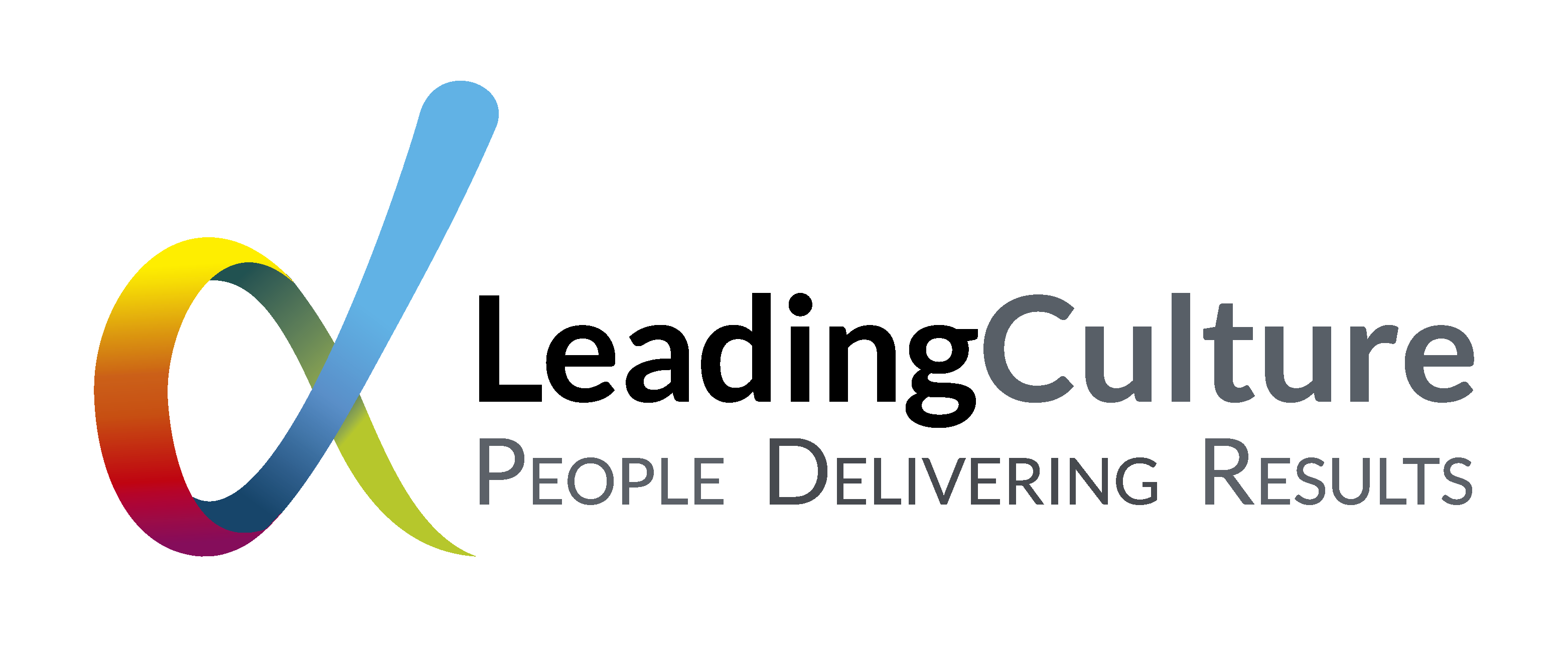Change Leadership
Coach for Performance

Course Overview
The nature of change itself has changed. It has moved from its well-marked channels into uncharted waters. Change today is faster, more complex, turbulent, and unpredictable. William Bridges famously quoted that “organizations change and people transition”. In doing so he introduced the idea that managing change requires leaders to pay attention to both “change plans” as well as the “people side” of change.
Managing Change and Transition, provides leaders with both planning tools and transition tools and processes. Leaders will receive a step-by-step guide for planning and leading change. Participants will learn why change efforts fail and more importantly what to do about it. Managers will leave this course with a solid foundation in change leadership, a set of current practical tools and methods, and the knowledge to effectively lead and manage change and transition.
Managing Change and Transition equips leaders with practical tools, models, and knowledge to effectively manage change and transition. Participants will learn a powerful coaching method, conduct performance dialogue, and coach for performance. The course covers developing change strategies and transition plans, understanding why people resist change, coaching individuals through transition, appreciating individual relating styles, and addressing transition-related behavior problems.
Upon completion you will be able to:
- Apply proven tools and frameworks to diagnose, plan, implement, and evaluate change.
- Leverage the diversity of strengths and values in your team to enhance collaboration, performance, and engagement.
- Recognize the different motivational values and strengths of yourself and others
- Analyze the performance gaps and needs of your team members using assessment tools and methods.
- Apply the principles and techniques of coaching to foster learning and development of your team members.
- Conduct powerful coaching conversations for learning, growth, and improved performance of your team members.


Lead Change
Today there is tremendous demand for change in individuals, in organizations, and society. Which means that there is a tremendous demand for quality change leadership.
As leaders we are called upon to lead change and do the best we can. Often, we figure it out as we go and are constantly putting out fires in the messy and complex world of change. This module provides you with a clear framework with the concept and tools you need to effectively lead. You will be able to create a clear change plan founded on a solid change methodology.
The people side of change
It is not the changes that do you in, it is the transitions. The starting point for change in organizations is typically a focus on the outcomes, while the starting point for transition on what individuals will have to give up in order to leave the old situation behind; what they must “LET GO”.
Organizations change people transition. In these unprecedented times, people are managing a great deal of change in their homes, work, and personal lives. As a leader, you are called upon to lead people as they navigate change. If people do not change, the organization doesn’t change. You will learn why people resist change and how you can support them to move forward.


Coach for Performance
By adopting a coaching approach, you can help individuals navigate the change process and overcome any resistance they may have. One effective technique is to share the reason for the change, explaining how it will benefit both the organization and the individual. This approach helps people see the value in the change and encourages them to engage in the change process. Through coaching, individuals can be empowered to take ownership of the change, helping to create a sense of accountability and commitment to the new way of doing things.
Strength Deployment Inventory
Core Strengths® is powered by the Strength Deployment Inventory 2.0 (SDI 2.0). This award-winning, scientifically validated assessment provides four views of you. It reveals why you do what you do, and how you relate to others.
The SDI 2.0 maps three intrinsic motives people have for acting how they do:
- People — a drive to help and develop others
- Performance — a drive to direct action and achieve results
- Process — a drive to establish clear and meaningful order
Beyond behaviors and strengths, your motives describe who you are at the core and show why you do what you do. The SDI 2.0 powers the RQ you need to make better choices and use your strengths to improve your interactions with others.

What people are saying about Change Leadership
New concepts
It taught me how to manage change and how to present it
Applied Insights
It gave the insights and information that I could apply to my leadership skills
Tools that I can use to make a difference
Excellent tools to apply as my team has undergone changes from staff to protocol and product
Topics Covered
Understand the underlying strategies for change
- Identify what makes change successful
- Use a simple model to scope your change initiative
- Apply three general strategies for change
- Understand why change efforts fail and what to do about it
- Lead the people side of change
Tools for change planning
- Identify the drivers for change
- Craft a vision for your change – what is the desired outcome
- Create a change plan
- Create a communication Plan
- Monitor change
Coach for Performance
- Explore the leader as a coach
- Understand the difference between, managing, teaching, consulting and coach
- Apply a simple coaching methodology
- Practice coaching
- Understand why people resist change
Strength Deployment Inventory
- Understand your strengths and motivations
- Assess Motives when things are going well
- Opposition and Conflict – assess motives when things are not going well
- Bring the right strengths and communicate in the right style
- Prevent overdoing strength
